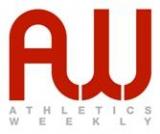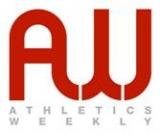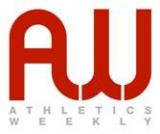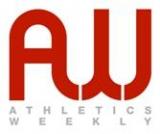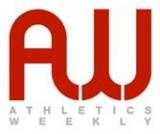Folders |
Hamstring injuryPublished by
A hamstring tear is a basic injury, but one often not diagnosed or treated properly, writes Mark BuckinghamA pure hamstring tear is likely to reoccur if not diagnosed well or treated correctly. The symptoms are a sharp pain or a rapid build-up of pain somewhere in the belly of the hamstring. It is often in the middle of the muscle, but it can be higher up toward the buttock or down to the knee and the stringy tendons. The problem can be associated with lower back and pelvis issues and the nerve problems caused by the back affecting the hamstring. You should have the back assessed at the same time as the hamstring, even if it is not symptomatic. It doesn t have to be painful to be the cause.  The basic hamstring stretch using good posture Simple self-testsThis stretch will produce pain in the belly of the muscle with a tear. This is distinct from tightness.  A simple contraction test using different levels of knee flexion You should try the contraction at different angles of knee flexion. Fully straight, knee at 45 degrees and 90 degrees bent. Take the leg to these positions and push into the hand as shown. You can do it yourself by pushing into a chair. It may not be sore on all of these, but if pain is reproduced again, it adds evidence that there is a tear in the muscle. A history of sudden pain and pain on stretching and contracting are the signs of a torn muscle. It needs to be rested to allow the fibres to avoid any further damage and to reduce the amount of bleed and to allow healing. The initial knitting of the fibres takes at least five days, but they are still very weak. Rest is the only solution and to not do anything that causes pain in the muscle or you will slow the healing it s like picking a scab. After those first five days you can start to ease into stretching the muscle, but avoid any sharp pain. At this point there should be no sharp pain, just an ache. If there is a sharp pain when stretching, it needs more rest. Stretch five times a day for a couple of minutes, but very carefully. Cross-training such as bike and pool work are fi ne as long as they are not painful. Gentle massage and rolling is also good. Once at day eight, or more importantly, when there is no pain to stretch and contract, you can start to jog. This has to be within pain tolerance and building up to 1km at a very steady pace over 3-5 days. Once a kilometre is comfortable, you can start to increase the pace by adding some short runs. Build up as shown in the table the rest days are important. HAMSTRING REHABILITATION
Once you have completed this, you will be at somewhere around day 18 post-injury and you can then increase the training as pain allows. It is now vital that you continue to strengthen the hamstring and the tear. Specific exercises and weights are essential to restore the torn fibres to better than their previous strength and look to prevent recurrence. If it was weak enough to tear once, it is more than likely to tear again now it has been damaged. To help prevent a recurrence, you have to accept that it clearly was not strong enough before to do what you asked it to do and thus it has to be improved, regardless of any spinal or pelvic issues. There are many useful hamstring exercises. Here are some that are easily accessible. Pure gym weights are appropriate as they are straightforward methods of hamstring muscle strengthening and so should not be overlooked. Both sitting and prone hamstring curl machines are in all gyms and ideally both should be used three times a week 4 sets of 8 reps to fatigue, but not pain. Using a pulley machine or a theraband to work in a running action is a functional strengthening exercise. Start with 1×25 at a weight that fatigues, then 4 sets of 8 at a higher weight, then 1×25 again.  A theraband is an excellent way of functionally strengthening the hamstring in a running motion Running involves a lot of eccentric control of the hamstring (contraction while lengthening). This is tough for the muscles tissues and needs to be trained. Use a gym ball as shown in a slow and controlled roll-in and roll-out for 3 sets of 12 reps.  Using a gym ball in a controlled roll-in and roll-out is great for the hamstrings Witty, Pask and Buckingham Physiotherapists have 18 years experience of working with the UK s elite runners at Olympic Games, World and European Championships for UK Athletics as well as all standards of runners from around the country. The practice provides the complete service for assessment and treatment of runners, from prevention to rehabilitation. Tel: 01604 601641 or go to www.wpbphysio.co.uk The post Hamstring injury appeared first on Athletics Weekly. Read the full article at: www.athleticsweekly.com
More news |

